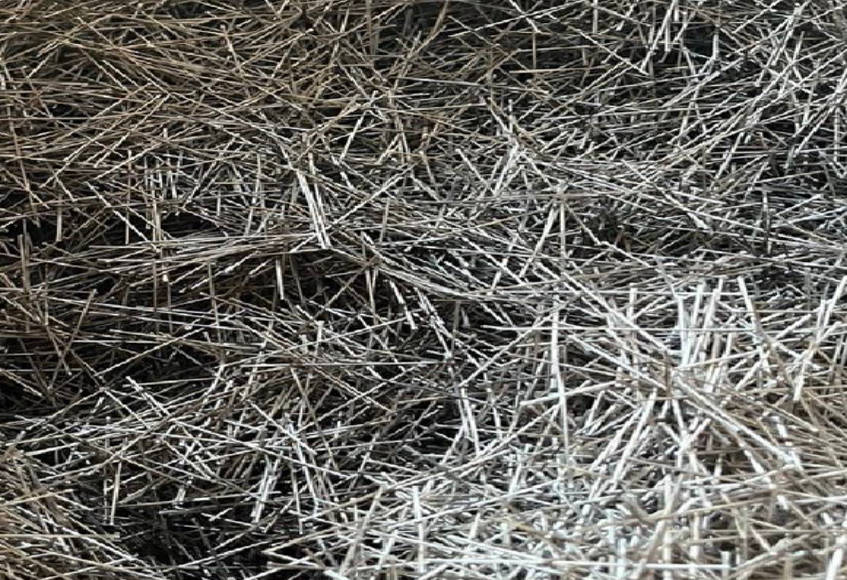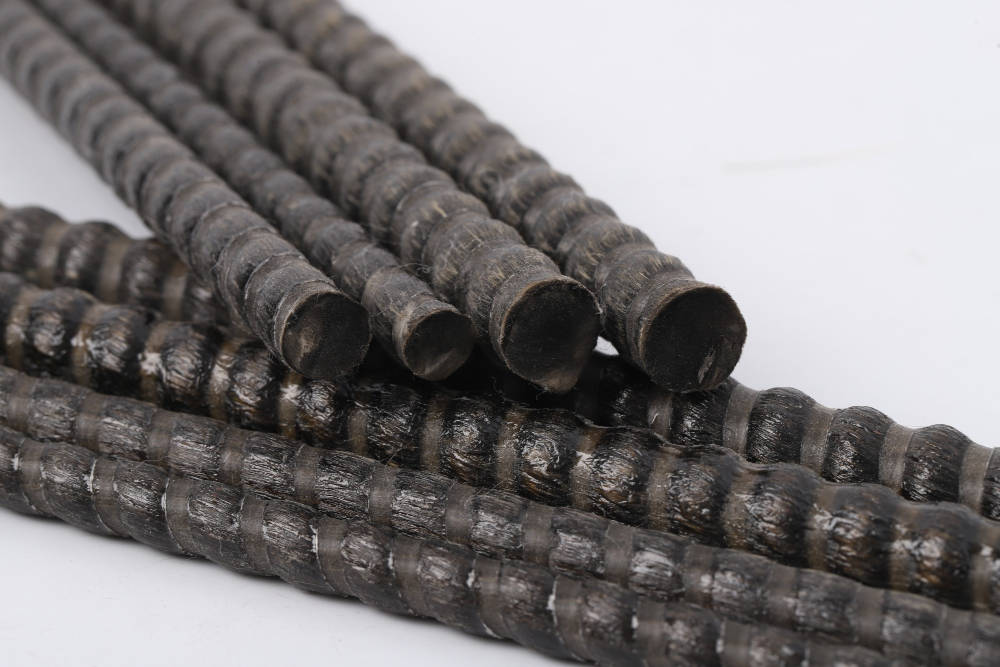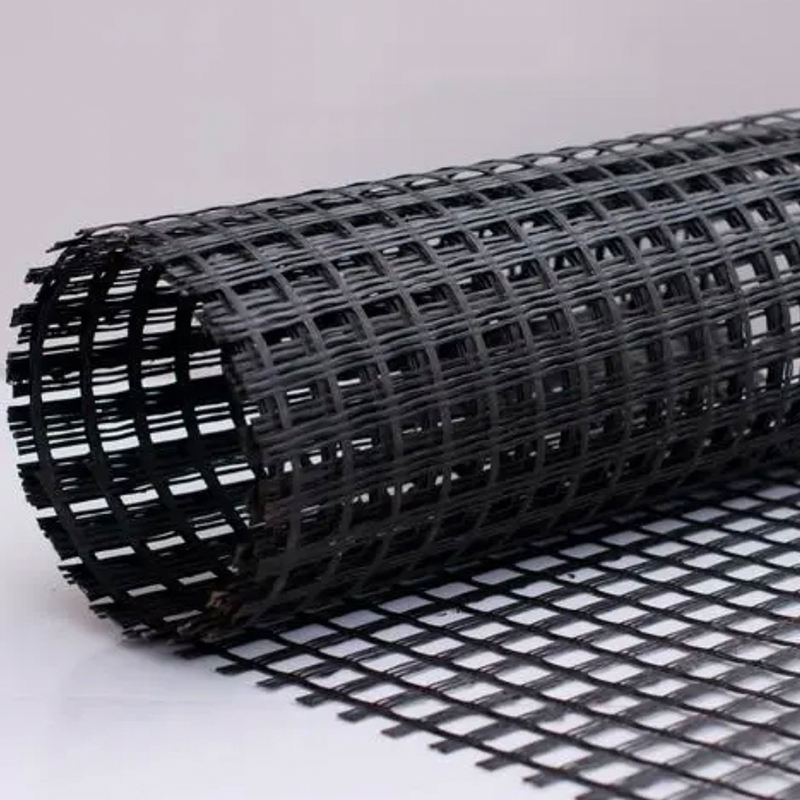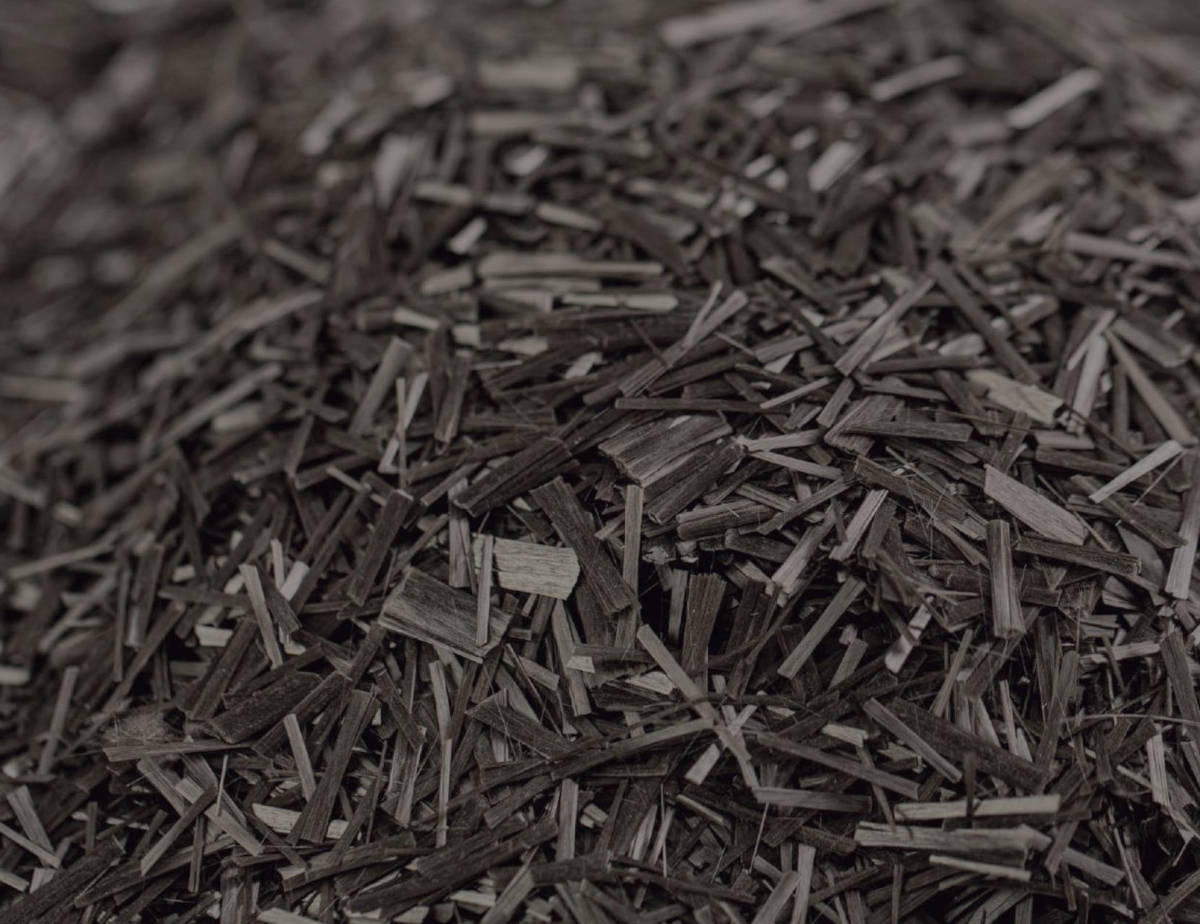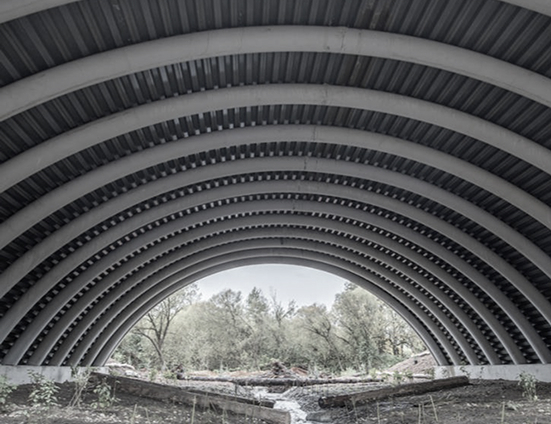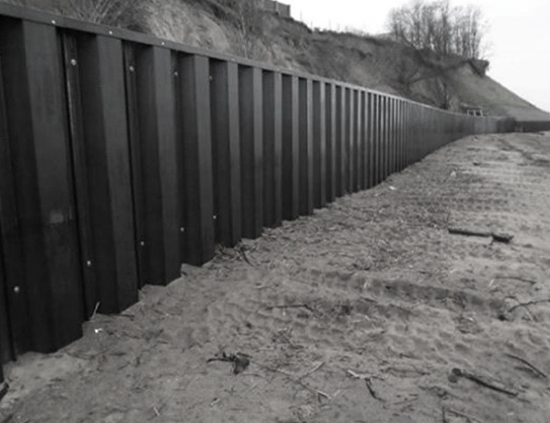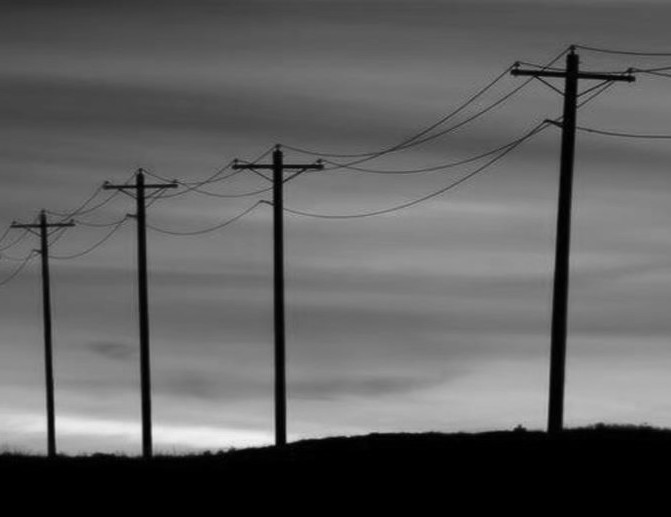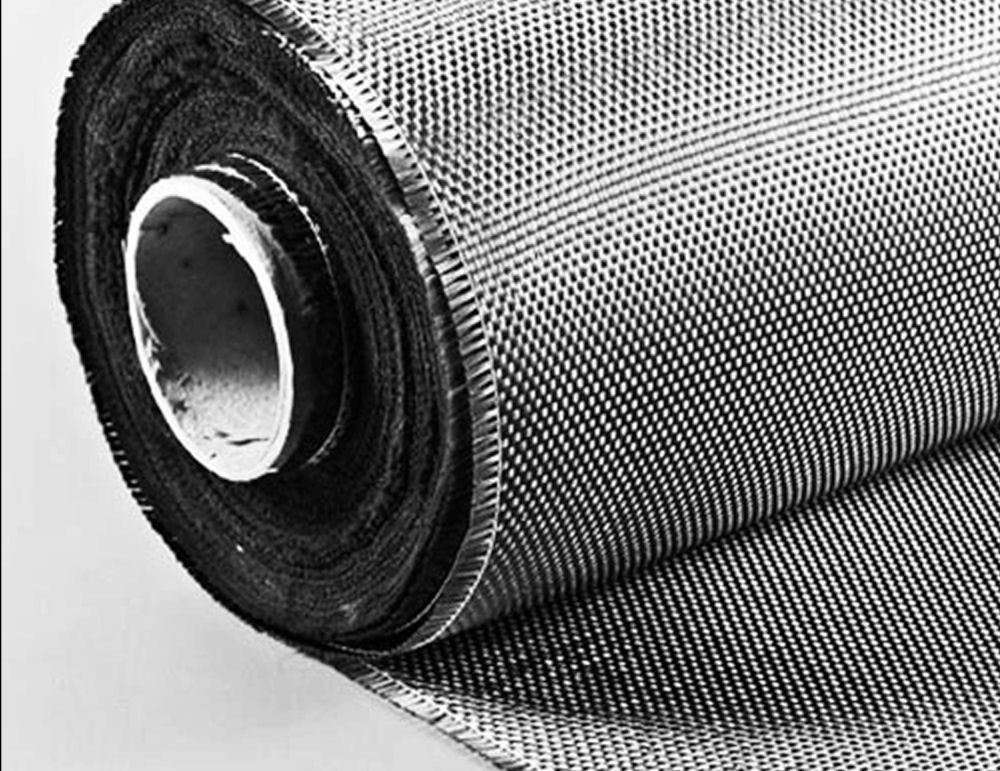
Basalt Macrofibers
Basalt Macrofibers are a high-performance fiber-reinforced polymer (FRP) composite
- Based on basalt fiber
- Engineered to provide high post-cracking strength to concrete
- Also increases toughness, impact-resistance, and fatigue-resistance
- Basalt “minibar” macrofiber can be used as primary or secondary reinforcement
- Shipped by container, in palletized 20lb boxes; certified and with EPD
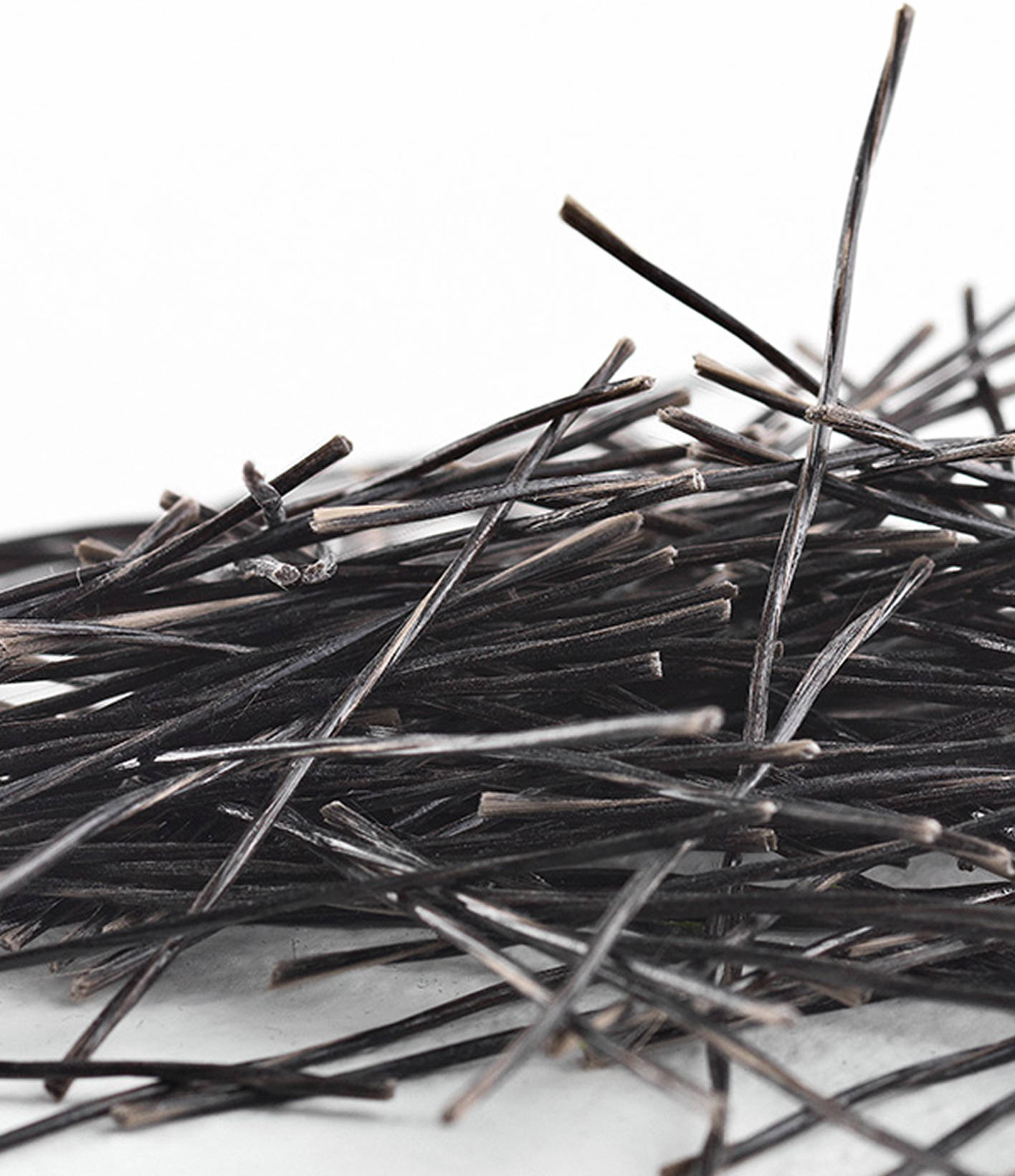
Common Applications
Ideal to use when high-performance, corrosion-resistant reinforcement is desired

Designed to reduce or replace secondary and/or primary steel reinforcement

For structural applications requiring flexural tensile and post-crack performance

Utility infrastructure, such as pipes, water tanks, sewers, and tunnel segments

Bridge and marine structures, such as deck overlays, sea walls, piers, and pilings

Wall panels, raft slabs, foundations, footings, and underpinnings
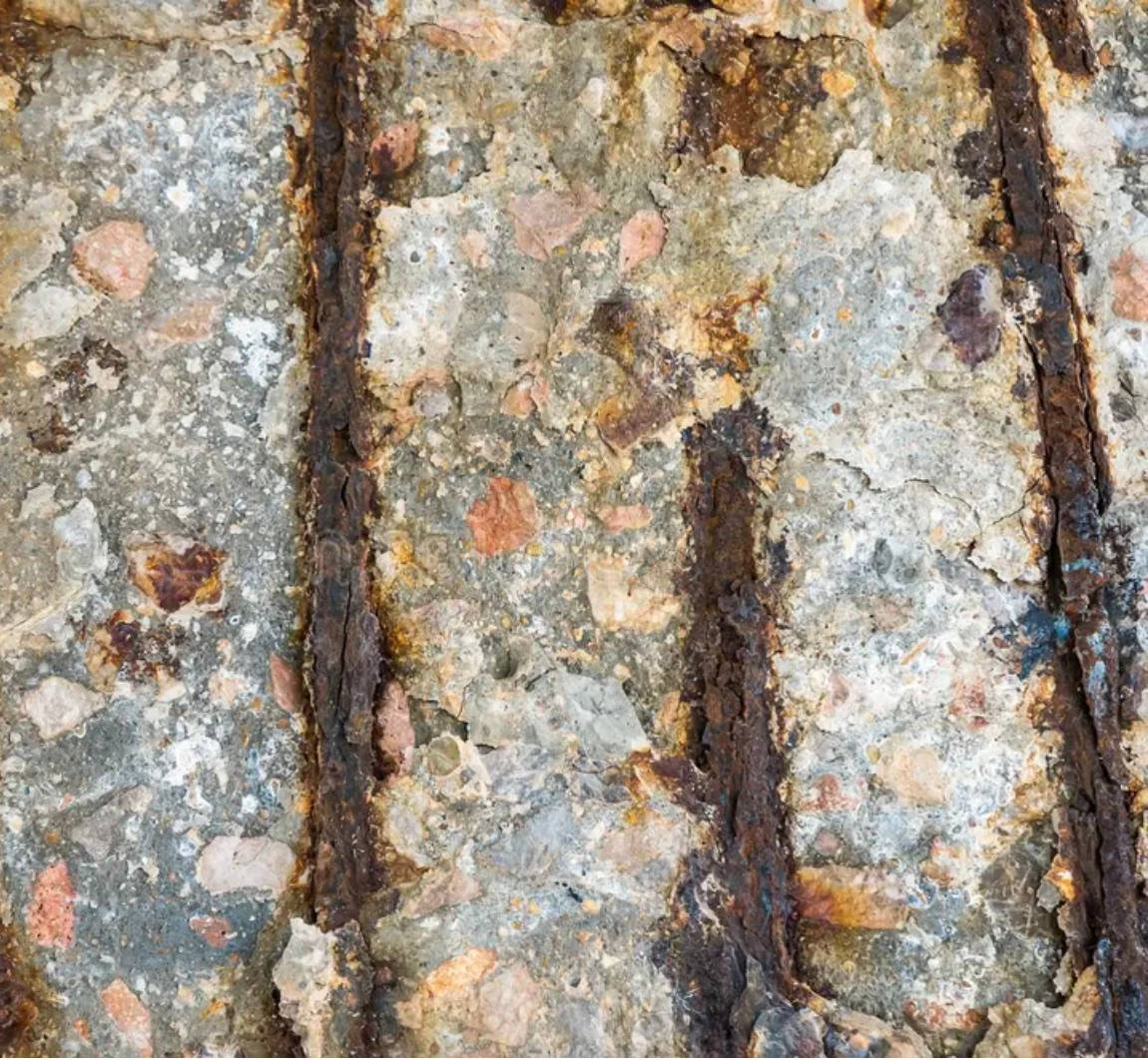
Industry Challenges
Steel or other fibers have significant drawbacks in preparation, usage and longevity
- Steel fibers corrode when exposed to moisture, chlorides, or de-icing salts
- Concrete shrinks during curing, which causes plastic and drying shrinkage cracks
- Steel is heavy and requires significant labor, lifting equipment, and logistics
- Steel is electrically conductive and magnetic, which interferes with equipment
- Some polymers or cellulose fibers may absorb water, impacting mix consistency
Material Advantages
Basalt Macrofibers overcome common issues, providing the perfect solution
- Basalt is a natural material that’s inherently non-corrosive
- Holds the matrix together post-crack, reducing crack width and propagation
- Basalt macrofibers are lightweight, reducing the overall structural dead load
- Non-conductive and non-magnetic, ideal for hospitals and power projects
- Basalt does not absorb water, so the mix performance and curing remain stable
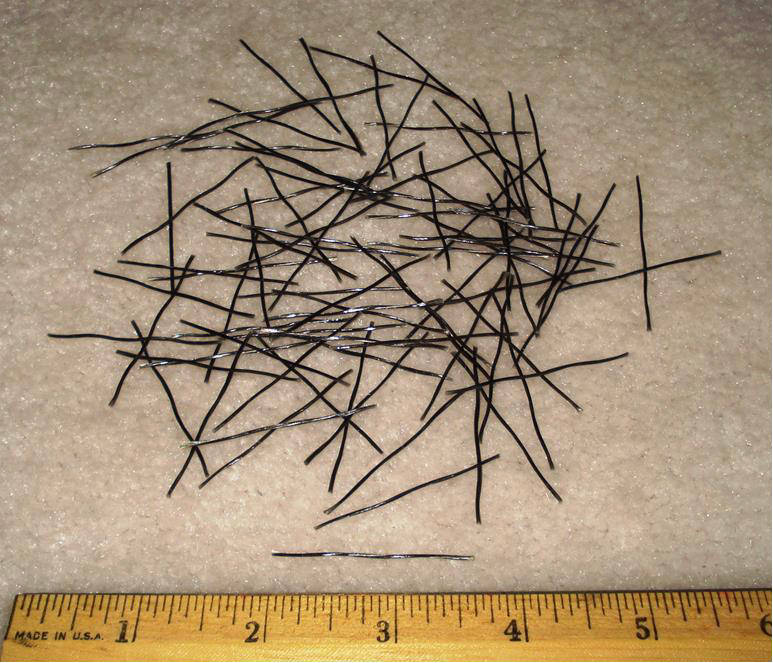
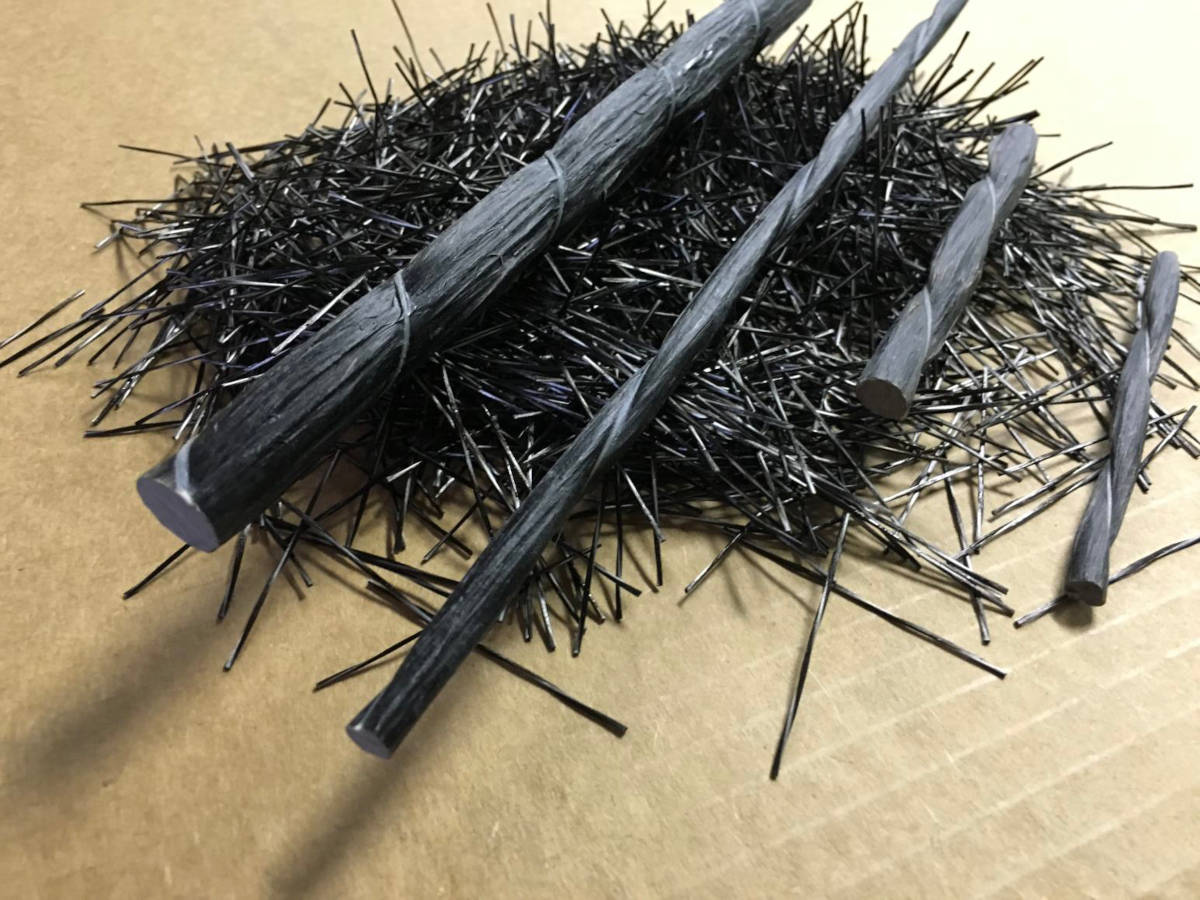
Business Benefits
Basalt can improve performance, project timelines, and costs
- Fast and uniform dispersion during mixing, with no additional water demands
- Does not affect concrete pumpability when following recommended practices
- Allows for high dosages with minimal effect on processability
- Lighter-weight material makes it easy to transport, handle, and mix
- Volcanic rock is non-toxic, recyclable, with low environmental impact
Key Specifications
Technical characteristics of Basalt fibers + thermoset resin
| Materials | Fiber Length | Fiber Diameter | Specific Gravity | Modulus of Elasticity | Tensile Strength |
|---|---|---|---|---|---|
| Basalt fiber + thermoset resin | 43 +/- 2 mm* 1.7 +/- 0.08 in | 0.70 mm 0.03 in | 2.1 ± 0.1 | 42 GPa 6,091,585 psi | > 1400 MPa / 200,000 psi |
Contact an Expert
Please contact us if you have any questions about our products. One of our experts will get back to you as soon as possible.
Contact Us NowStart a Quote
To begin the purchase process, click below and answer a few preliminary questions. We'll get back to you with more information as soon as possible.
Start Quote